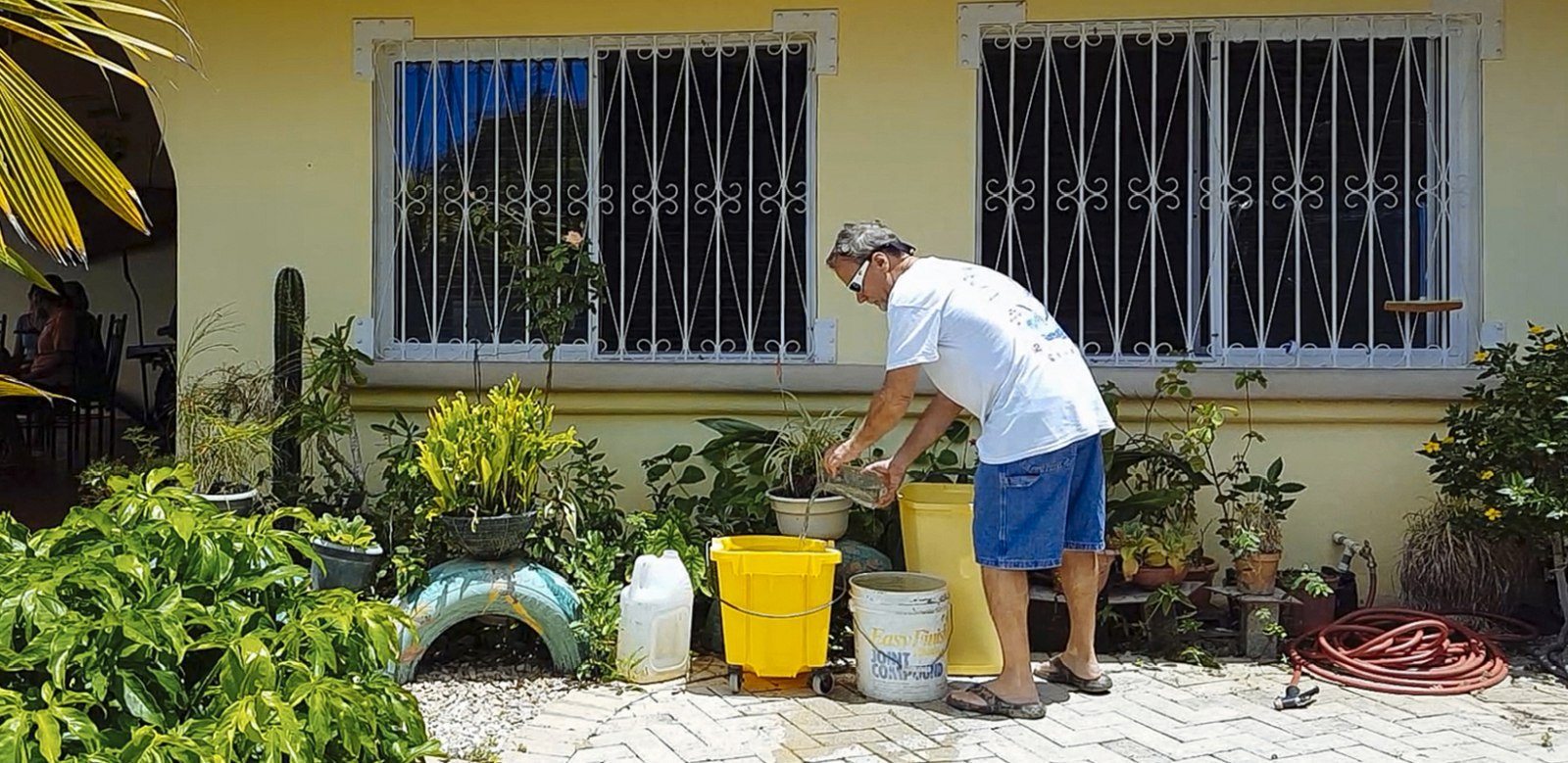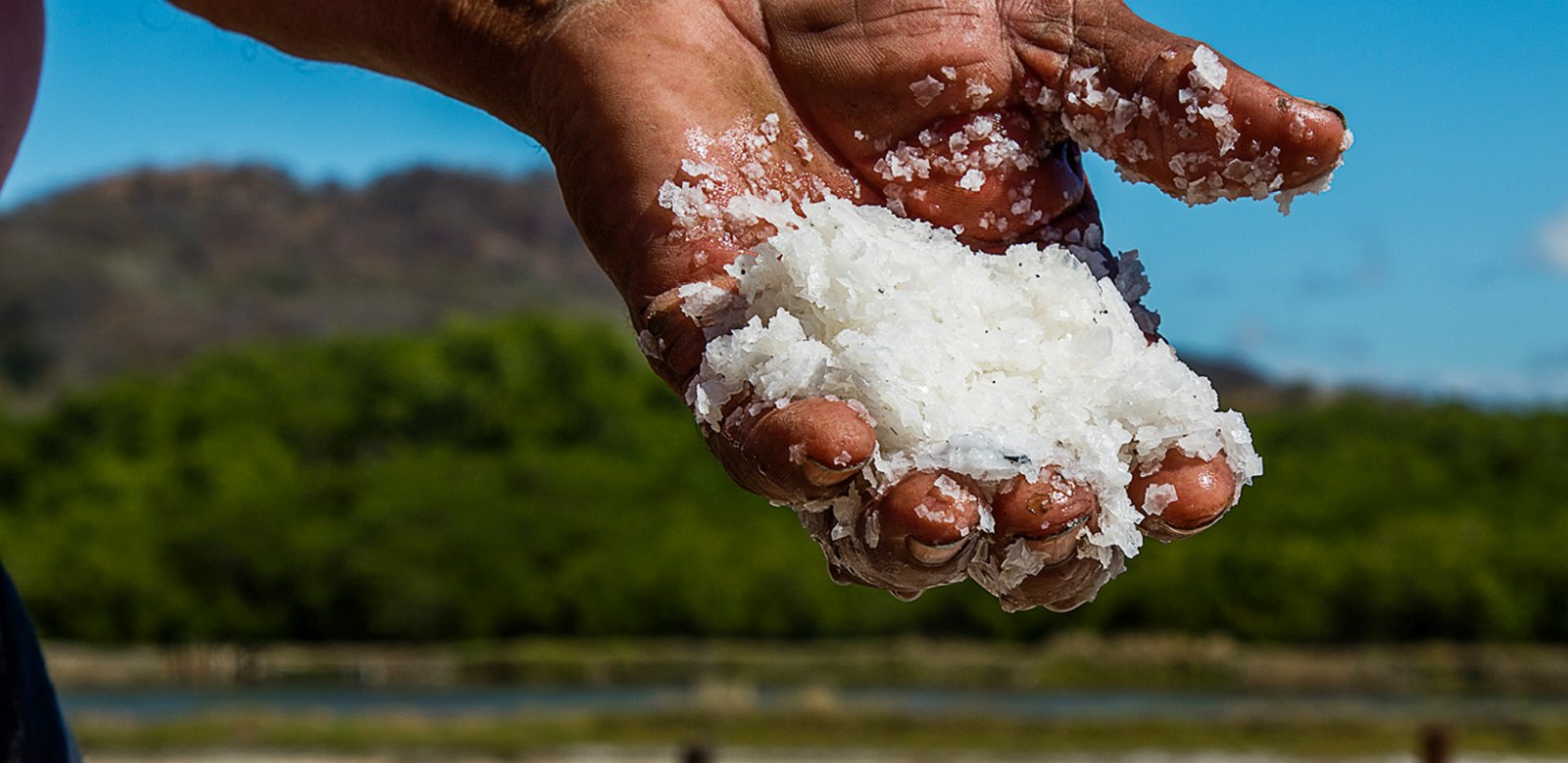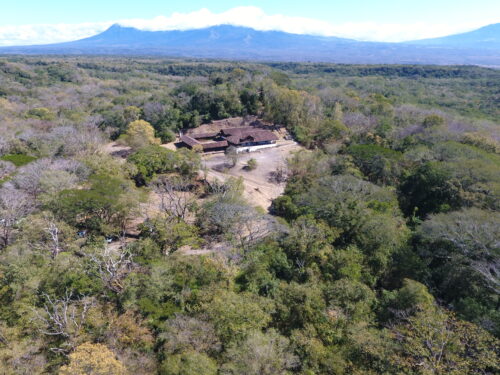
When Enid Ruiz realized that she alone could not solve the issue of a lack of water in her Playa Hermosa community, she sought out reinforcements and help from her neighbors.
In September 2016, residents formed the Playa Hermosa Water Emergency Committee to empower themselves and demand that the government provide a quick solution to the small amounts of water they received, and its lack of quality. (It often tasted like salt and dirt).
Committee Vice-President Arellys Vallejos told The Voice of Guanacaste that they started to request weekly reports from Costa Rica’s government-run water supplier AyA on advances in the new aqueduct (called Trancas), a project that could provide a definitive solution to their problem.
“We met with the guy in charge of the aqueduct every eight days and we demanded quick, precise solutions,” she said.
Read: Playa Hermosa; The Most Beautiful….And the Driest.
They also contacted media outlets such as The Voice of Guanacaste to broaden the impact of their complaints. The publication of ‘Hermosa and Panama Beaches Without Water Despite Warnings from 15-Year Old Studies’ formed part of the materials that residents used to get the attention of the authorities.
“After they published our problems authorities started to listen to us and pay more attention,” said Enid Ruiz, the committee’s current president.
Their complaints started to yield results. A month after they united, AyA started to more regularly supply water to their homes in cistern trucks.
Ruiz said that trucks dumped water directly into the aqueduct, improving water pressure in pipes so it could reach homes in the highest zones located furthest from the aquifer. Now, residents have running, potable water from 6 a. m. until 7 p. m.
Rented Wells
AyA’s initial plan for pumping high quality water to residents in Hermosa and Panama beaches was to rent a desalination plant to remove salt from the well-water. When wells dry up because of overuse or dry summers, they start to fill up with salty seawater.
Read: Gov’t Says Playa Panamá Desalination Plant Ready in December
But the institute ruled out using this type of machinery because it was too costly, AyA adviser Sandra Salazar said.
Rather, they decided to connect four wells from two communities, Apestegui and Girón (in Sardinal de Carrullo), with the network that supplies Playa Hermosa and Panama, increasing the flow to up to 50 liters per second.
The project, known by residents as Tranquitas, is located on two rented lots that that cost AyA $10.5 million per month, institution spokesman David Quiros confirmed in an email.
“Since Tranquitas started we have had water without salt every day,” said an optimistic Ruiz.
Another victory for residents is that they now have more fluid communication with AyA authorities through a Whatsapp group where they send reports about leaks and water outages.
For the first quarter of 2018, AyA promised to complete the construction of the new aqueduct in Papagayo Sur, known as Las Trancas, with a cost of $6 million and a flow of 3,317 liters per second. From there will be used 250 liters per second for communities and tourism developments in the area of Hermosa, Panama and Papagayo.
Community Doesn’t Tire
Enid Ruiz and members of the committee are content with the advances in these projects and with what they have accomplished until now. But they want more.
“The next step is to have running water 24 hours,” Ruiz said decisively.
In September, the committee will meet again to find a way to prevent water outages at night and in the early morning hours.
Sandra Salazar from AyA said that they are more than willing to hear resident petitions and help find a solution.
Read: ICT Invests 10% of Earnings From Papagayo Concessions in Community-Oriented Projects








Comments